The RF75-300mm f/4-5.6 delivers an impressive focal range from 75 to 300mm, making it a versatile choice for everything from stage performances and sports to distant wildlife.
When paired with an APS-C EOS R System camera, it extends your reach to an effective 120 to 480mm (35mm equivalent), offering powerful telephoto performance in a compact, lightweight package.
Discover beauty in the fine details. With a close focusing distance of just 1.5m at 300mm, you can achieve up to 0.25x magnification—perfect for isolating and highlighting your subject.
Create dramatic, layered compositions by compressing foreground and background elements—ideal for landscapes and distant subjects for enhanced depth and visual impact.
Enjoy precise, continuous autofocus with Eye Detection in both stills and video. Servo AF ensures sharp tracking of moving subjects, even during extended zoom or unpredictable movements.
See how a lightweight super-telephoto zoom can transform the way you create, unlocking reach, versatility, and creativity in one compact package.
Discover the telephoto world
There’s a lot your standard zoom kit lens can do. However, when physical distance gets in the way, overcoming it to achieve high-quality close-ups of faraway subjects requires a telephoto lens.
To some people, “telephoto lens” conjures up mental images of huge, heavy, and expensive lenses, but that’s not necessarily true. Case in point: the new RF75-300mm f/4-5.6—lightweight, affordable, and compact.

EOS R50/ RF75-300mm f/4-5.6/ FL: 300mm (480mm equivalent)/ Shutter-priority AE (f/6.3, 1/1000 sec)/ ISO 1600
The RF75-300mm f/4-5.6 offers a compact, wallet-friendly way to capture close-ups of wildlife in amazing detail.
What can I capture at 75 to 300mm?

On a full-frame camera like the EOS R8 or EOS RP, the RF75-300mm f/4-5.6 offers a 75 to 300mm focal range, ideal for landscapes, outdoor and close-up portrait photography, local sports, pets and wildlife, and candid photos of children in action.
Users of APS-C cameras like the EOS R50 or EOS R10 get even more reach: the 1.6x APS-C crop factor achieves a full-frame equivalent focal range of 120 to 480mm—well into the super telephoto range. It’s even easier to fill the frame with smaller or further objects.


Know this: Telephoto zoom lenses are great for landscape photography too!
Many beginners associate landscape photography with wide-angle lenses, but a telephoto zoom lens like the RF75-300mm f/4-5.6 is what gets the shot when you’re shooting from high up, across a lake or valley, or even close-ups of flowers and fruits on trees.
Also see:
Getting Started in Landscape Photography: 5 Things to Know
300mm (480mm equivalent)

EOS R100/ RF75-300mm f/4-5.6/ FL: 300mm (480mm equivalent)/ Aperture-priority AE (f/16, 1/80 sec, EV-0.7)/ ISO 100
The photographer was this far away!
The image above has been reduced for website purposes, but its original file size was 6000 x 4000 pixels. Details are captured clearer and better than possible on a smartphone—and you can crop in substantially for social media without noticeable deterioration.
Unique telephoto characteristics
The perks of the RF75-300mm f/4-5.6 go beyond its zoom-in capabilities. It also unlocks better bokeh and amazing perspective compression possibilities!
Perspective compression

EOS R100/ RF75-300mm f/4-5.6/ FL: 170mm (272mm equivalent)/ Aperture-priority AE (f/5.6, 10 sec, EV+0.7)/ ISO 100
The RF75-300mm f/4-5.6’s long focal range magnifies and pulls in background elements so they look nearer to objects in front. The resulting flattening effect on the image (“perspective compression”) has made the plants lining this walkway look denser, creating an immersive feel.
Bokeh

EOS R100/ RF75-300mm f/4-5.6/ FL: 300mm (480mm equivalent)/ Aperture-priority AE (f/5.6, 1/125 sec)/ ISO 3200
Depth of field is shallower at longer focal lengths, resulting in blurrier bokeh. The maximum aperture, which is f/4 at the widest end, remains a decently wide f/5.6 even at the 300mm telephoto end, rivalling the bokeh and low-light possibilities of Canon’s other telephoto zoom lenses in the same class.
Get more ideas on what to do with a telephoto lens in:
5 Things to Try with a Telephoto Lens
Different Lens, Different Expressions: Landscape & Nature Photography
Small, light, and convenient


Just around 14.6cm long and weighing almost the same as a 500ml drink bottle at approximately 507g, the RF75-300mm f/4-5.6 forms a lightweight under-1kg combination with cameras like the EOS R50, EOS R10, and EOS R100. It stows easily into an ordinary camera bag: great for nature walks and travelling light!
Weight of RF75-300mm f/4-5.6 with some cameras popular with beginners
| Camera model |
Camera weight (approx.)* |
Camera + lens (approx.) |
| EOS R100 |
356g |
863g |
| EOS R50 |
375g |
882g |
| EOS R10 |
429g |
936g |
| EOS RP |
485g |
992g |
| EOS R8 |
461g |
978g |
*Based on CIPA standard. Including battery pack and memory card.
A firm, stable hold
While the RF75-300mm f/4-5.6 isn’t equipped with built-in image stabilisation, its size, weight, and design balance well with EOS R series cameras and enable a firm, stable hold, especially when combined with a good shooting stance and EOS R system cameras’ excellent ergonomics! You can also take advantage of the cameras’ outstanding high ISO speed performance to set a faster shutter speed.
Autofocus that keeps up with the action even from afar

*Image is for visualisation purposes only
The RF75-300mm f/4-5.6 utilises a DC motor for focus drive, supporting autofocus over 80% x 80% of the image area.
It also supports Eye Detection AF and subject tracking during Servo AF and Movie Servo AF, allowing you to capture fleeting moments while keeping a moving subject’s eyes in sharp focus.
Your lens strategy: Where does the RF75-300mm f/4-5.6 fit?
The fun and beauty of having an interchangeable lens camera is the ability to change your view of the world along with your lenses. A telephoto zoom lens does more than simply fill the frame with distant objects—it elevates your photography by enabling you to handle different subjects and compose in a different way.
The diagrams below show how the RF75-300mm f/4-5.6’s focal range compares to your kit lens and other telephoto zoom lenses in the same class.


There are other telephoto zoom lenses in Canon’s RF lens lineup, each catering to different needs. If you’re keen on trying out the possibilities but prefer a low-commitment investment, the RF75-300mm f/4-5.6 is perfect for taking those baby steps into telephoto photography.
What’s the difference between RF and RF-S lenses? What should you consider when buying a lens? Find out more in:
What’s the Difference Between RF-S and RF Lenses?
10 Concepts to Know Before Buying Your Second Lens
Lenses 101
RF75-300mm f/4-5.6: Key specifications
Lens construction: 13 elements in 9 groups
Closest focusing distance: 1.5m
Maximum magnification: 0.25x (at 300mm)
No. of aperture blades: 7
Built-in IS: No
Filter diameter: 58mm
Size: φ71.2 x 146.1mm (retracted)
Weight: approx. 507g
Lens configuration

The RF75-300mm f/4-5.6 achieves its compact, lightweight body and affordable price by adapting the popular EF75-300mm f/4-5.6 III’s optical system for the RF mount. Unlike most RF lenses, it doesn’t have a control ring.
Lens hood (sold separately)

Lens Hood ET-60
RF75-300mm f/4-5.6: Sample images

EOS R100/ RF75-300mm f/4-5.6/ FL: 155mm (248mm equivalent)/ Aperture-priority AE (f/5, 1/1250 sec, EV+0.3)/ ISO 400

EOS R100/ RF75-300mm f/4-5.6/ FL: 155mm (248mm equivalent)/ Manual exposure (f/5.6, 1/800 sec)/ ISO 400

EOS RP/ RF75-300mm f/4-5.6/ FL: 100mm/ Aperture-priority AE (f/13,6 sec)/ ISO 800
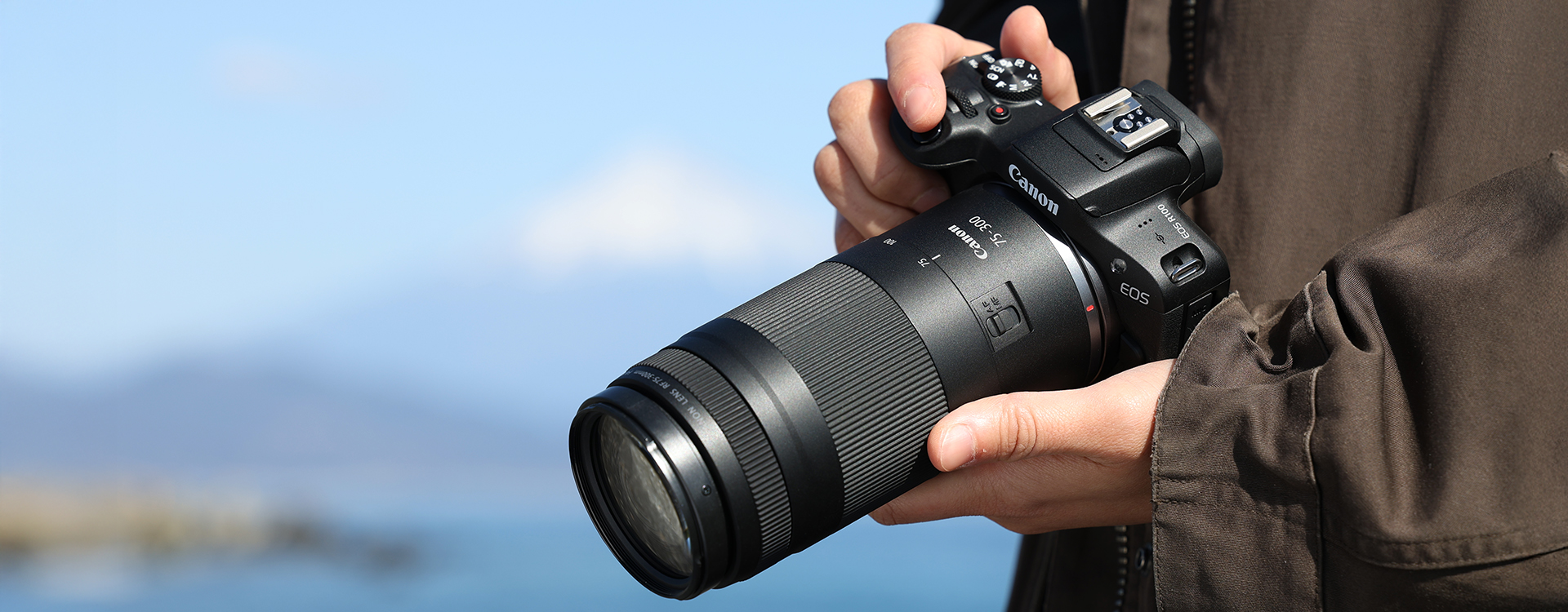
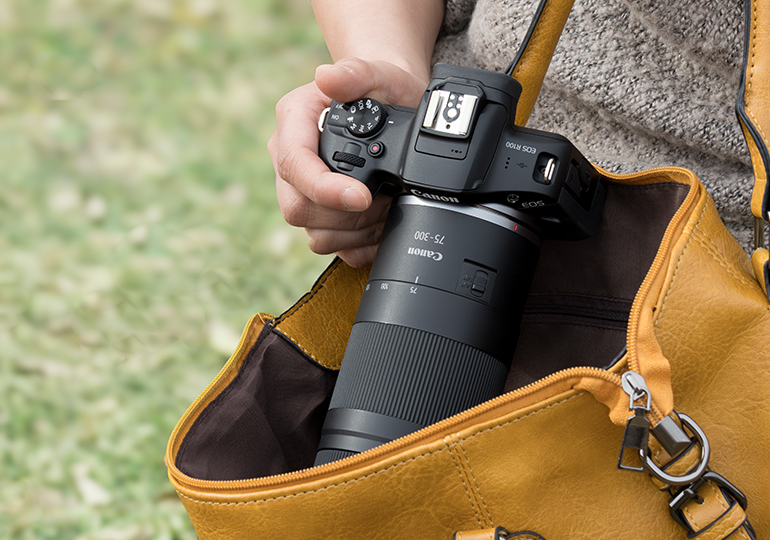
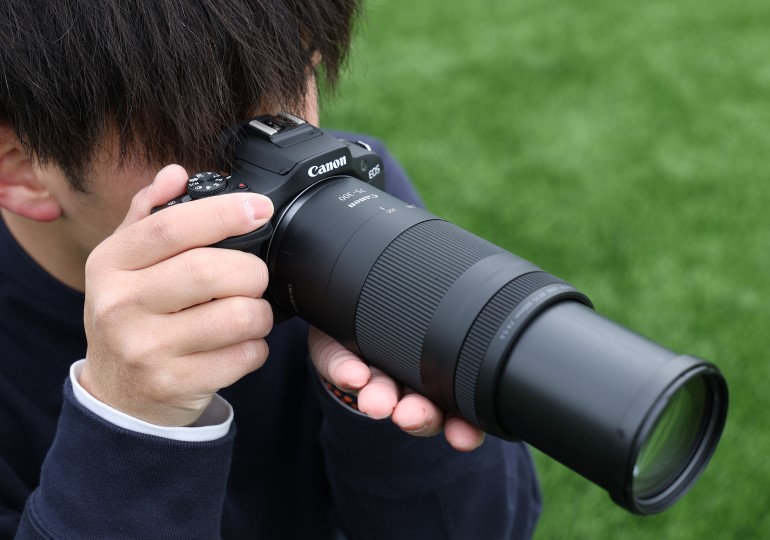





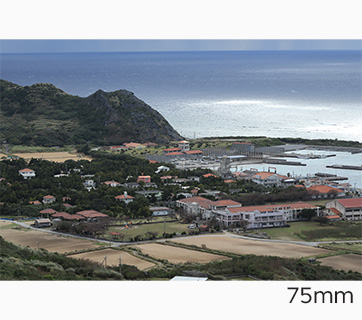
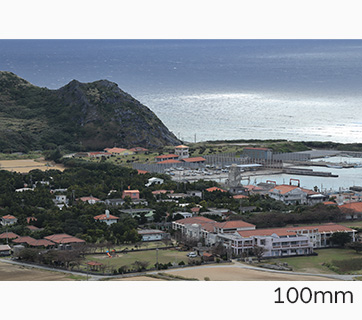
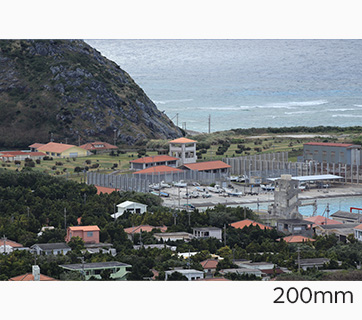
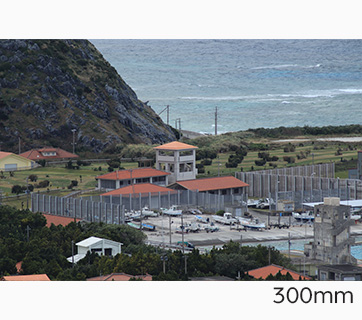

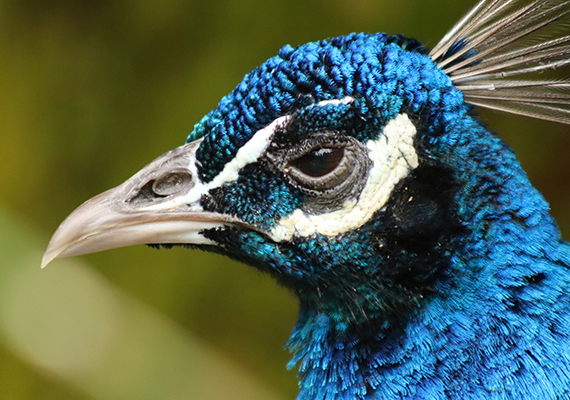

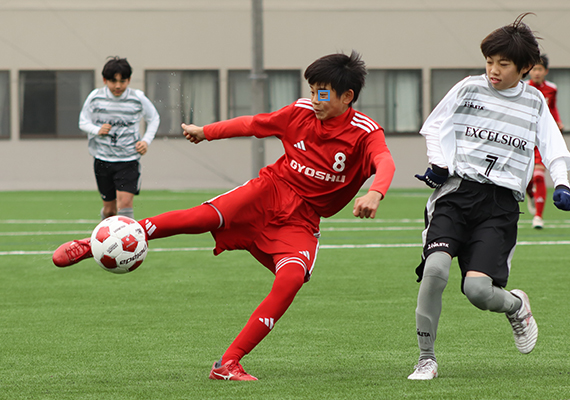
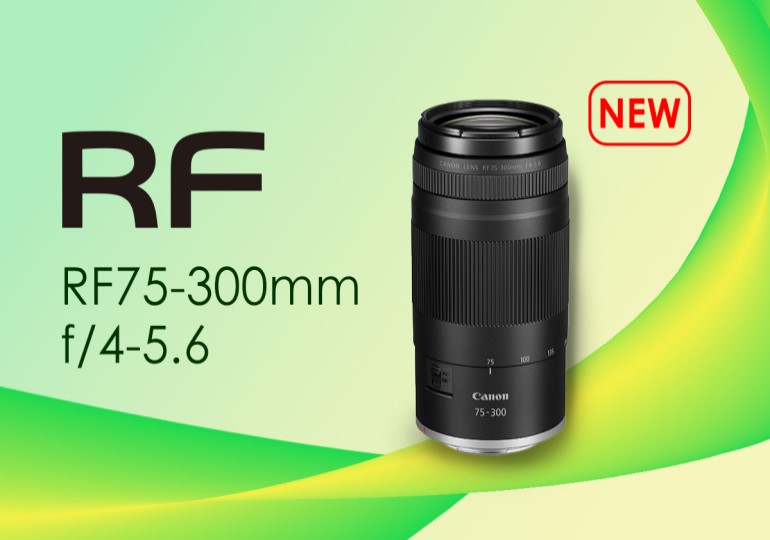












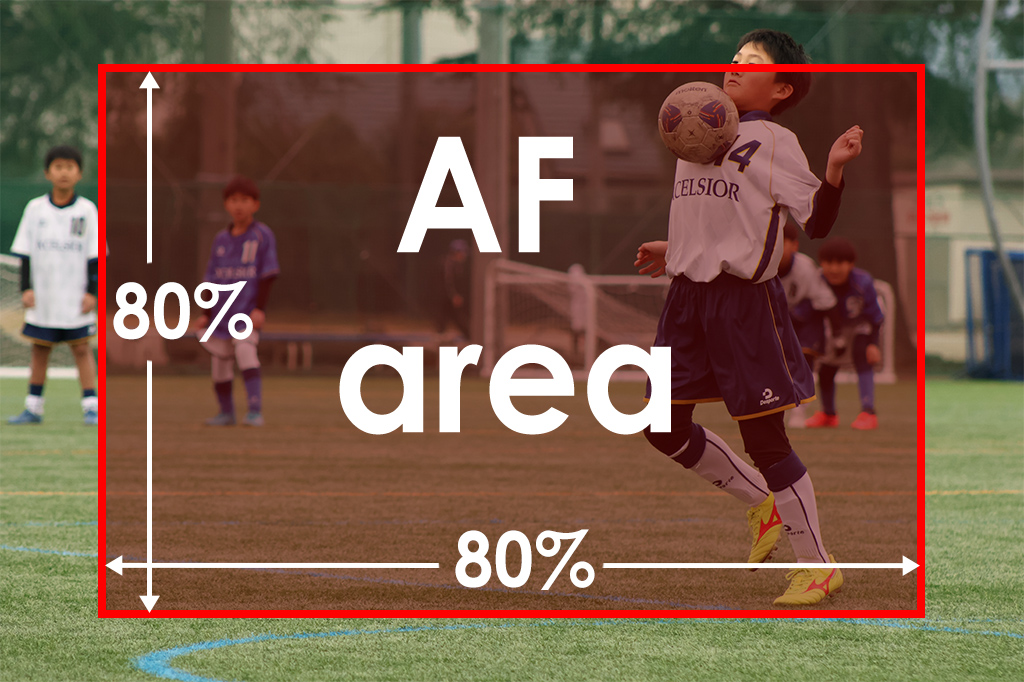











![Tamron 17-50mm f/2.8 XR Di II LD Aspherical [IF] - Sony Alpha](https://storage.googleapis.com/prg-photo-shop-bucket/2021/10/8_7-300x300.jpg)
